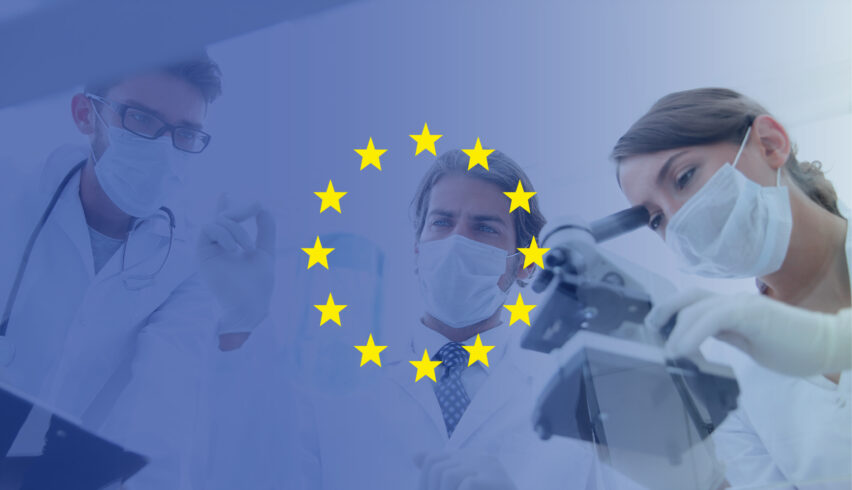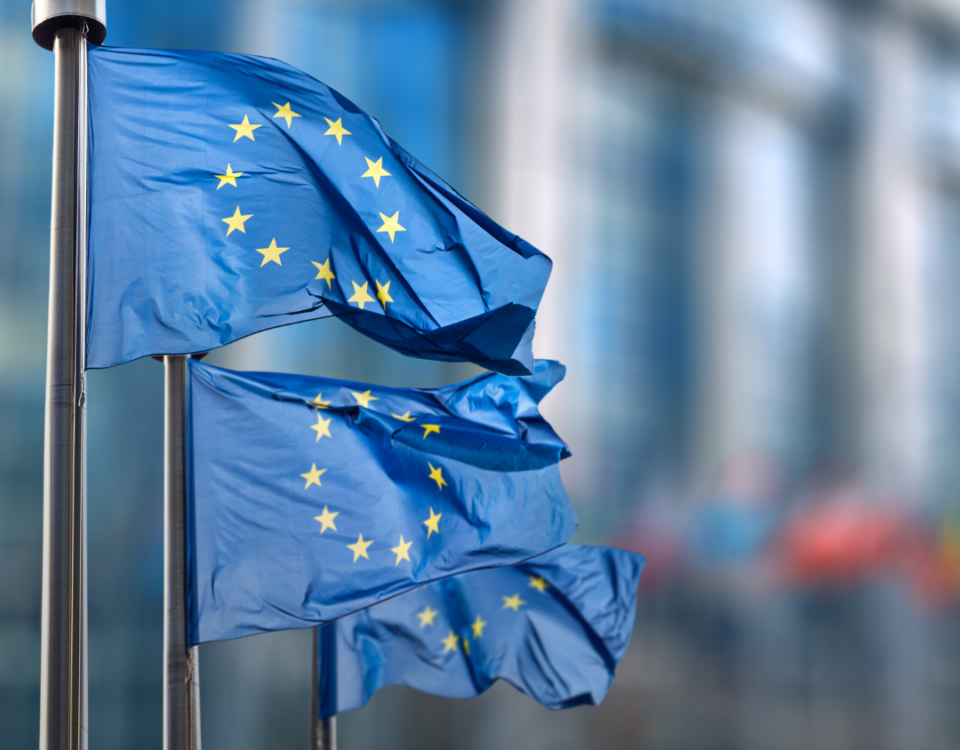Review of pharmaceutical legislation, the key opportunity to relaunch U.S. competitiveness

Nathalie Moll (EFPIA) warns in an interview with Health35 that the lack of regulatory consistency and proposed environmental changes threaten investment in biomedical R&D in Europe.

Consalud.es
Innovation in the pharmaceutical sector plays a crucial role in improving public health and the sustainability of healthcare systems. However, the development of new drugs involves high investments, lengthy regulatory processes and a high degree of uncertainty. In this context, economic and fiscal incentives have been consolidated as fundamental tools for stimulating research and development (R&D), favoring the attraction of investment and ensuring that Europe remains a competitive pole compared to other regions of the world, such as the United States or Asia.
In an interview in Salud35, Nathalie Moll, Director General of the European Federation of Pharmaceutical Industries and Associations (EFPIA) discusses how the pharmaceutical industry considers economic incentives, regulatory stability and balanced environmental legislation essential to maintain innovation and keep Europe competitive with other global markets.
What are the main economic and fiscal incentives that the pharmaceutical industry considers essential to foster innovation and competitiveness in Europe in 2025?
The current landscape in the European Union needs rapid change and greater cohesion in its policies to ensure the future success of the life sciences sector. Europe faces a challenging future if it does not take action to incentivize investment and research in the region. EU policy decisions affecting the sector do not yet reflect this reality.
“Throughout 2025 we expect to see progress on the promised Life Sciences Strategy.”
Geopolitical uncertainty, as well as ambitious life science strategies in other regions of the world, have accelerated the need for Europe to act. The need to prepare European industry for the future should not be taken lightly. This means acting now, in weeks and months, not years.
The ongoing review of pharmaceutical legislation is an opportunity to start closing the gap between the EU, China and the US, and ensure that we remain competitive against emerging markets.
Throughout 2025 we expect to see progress on the European Commission’s promised Life Sciences Strategy and Biotechnology Act. However, now is the time for concerted and focused action to create the most stable, attractive and predictable ecosystem in the world to ensure that investment, innovation and advanced therapeutic solutions are developed in Europe.
What concrete steps should European governments take to ensure that the region remains an attractive environment for biomedical R&D investment?
Despite widespread recognition of the need to make Europe more competitive, we see numerous examples of policy incoherence that threaten to achieve the opposite effect.
The revision of the General Pharmaceutical Legislation (GPL) is critical to ensure that the European regulatory framework continues to drive future innovation. The good news is that many of the regulatory reforms are already included in the current GPL text.
“More importantly, faster approvals mean faster access to medicines.”
The Draghi and Letta reports, as well as the recent EU Competitiveness Compass, all underline the key role of regulation in Europe’s innovative leadership. More importantly, faster approvals mean faster access to medicines, ensuring that European patients benefit from the latest advances without unnecessary delays.
In contrast, proposals included in the GPL to reduce regulatory data protection, a critical form of intellectual property, could severely damage European competitiveness.
What impact are recent environmental legislative proposals having on the competitiveness and sustainability of the European pharmaceutical sector?
The pharmaceutical industry supports environmental legislation that works for both Europe and patients. Our sector is working on multiple initiatives to address climate change.
One particularly challenging piece of legislation for the industry is the joint REACH restriction proposal, which calls for a blanket ban on all PFAS substances by 2027.
The industry depends on certain PFASs for the safe manufacture, distribution and use of medicines. Packaging, delivery devices and processing equipment, or elements that extend the shelf life of the drug or ensure its sterility, are just a few examples of what would be affected by an indiscriminate ban.
For this reason, the industry urges caution with regard to a general ban. The research-based pharmaceutical sector supports the regulation of PFASs of concern, their substitution or the minimization of their use, while protecting patients’ access to medicines. EFPIA and its members are involved in an Innovative Health Initiative (IHI) project to fund further research in this area, with a budget of some €48 million.
Finally, EFPIA is also seeking clarity on the legality of a new directive introduced last year on urban wastewater (UWWTD). Although the European Commission has identified numerous sectors as sources of micropollutants in water, the Directive makes only two – pharmaceuticals and cosmetics – responsible for covering the costs of cleaning up Europe’s urban wastewater. Taken together, these policies are hampering Europe’s ability to attract investment in life sciences just as it competes globally.





